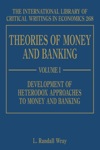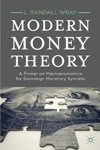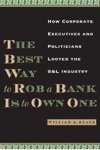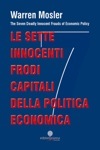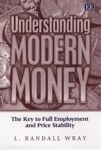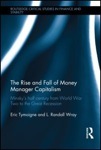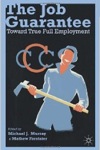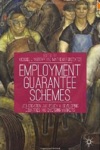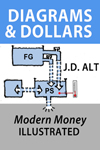By Dan Kervick
Some people believe in endogenous money. They believe we live in a monetary system is which money is generated and extinguished as part of the ordinary flow of everyday economic activity. The economy tends to generate the money it needs in order to satisfy the exchange desires and saving preferences of participants in the economy, and to extinguish the money it doesn’t need.
The endogenous money picture is in some considerable tension with the idea that the monetary system is controlled by the government. The alternative exogenous money picture holds that the issuance and destruction of money is a task reserved for government alone, and that the total amount of money present in the economy is therefore a government policy choice.
We can achieve a happy medium between the endogenous money and exogenous money pictures by viewing things this way: Due to a combination of deliberate policy choices and historical contingencies, societies have chosen to institute complex monetary and credit systems in which the generation of the most commonly used means of exchange is primarily a market-driven phenomenon, but one that is heavily regulated and supplemented by government agencies that also issue their own forms of money. We can also note that those latter forms of narrow government money usually play a foundational role in constraining and underpinning the broader forms of money, since they are needed to settle the obligations that are incurred by issuing those broader forms of money.


